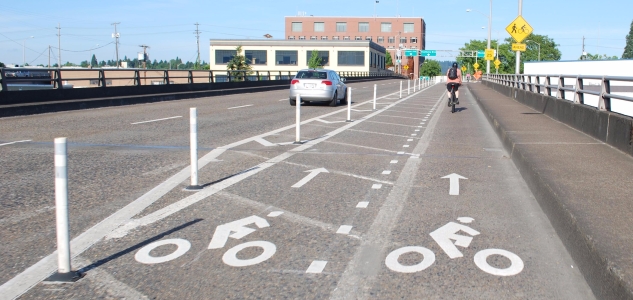I spent this morning sorting through the many emails from journals with the latest research. Here are a few that caught my eye.
From the Journal of Transport and Health…
In this low socioeconomic status population in Oslo, Norway, increased cycling for transportation was correlated with lower odds of diabetes. Walking for transport was associated with lower blood pressure.
https://www.sciencedirect.com/science/article/pii/S2214140517309738
Changing travel behavior is hard, even with an app that tells you how to avoid air pollution. This is a small sample study, but has some useful qualitative insights.
https://www.sciencedirect.com/science/article/pii/S2214140518300884
Could intense use of social networking services reduce walking and increase obesity? Perhaps, based on these data from Scotland. Hard to understand the direction of causality, however.
https://www.sciencedirect.com/science/article/pii/S2214140518300604
Great example from New Zealand of engaging community in redesigning streets for people, incorporating cultural identity
https://www.sciencedirect.com/science/article/pii/S2214140518303803
From other journals
Data from Montana supports setting speed limits below the engineering recommendation. “setting posted speed limits 5 mph lower than the engineering recommended practice may result in operating speeds that are more consistent with the posted speed limits and overall safety benefits.”
https://www.sciencedirect.com/science/article/pii/S0001457518305499
When people act as “citizens” they favor safety, but as “drivers” they opt for speed. Why? Some answers here. Which view should be used in cost-benefit analysis? I would argue citizens.
https://www.sciencedirect.com/science/article/pii/S0001457518305359
This one surprised me, in a good way. New trees in Portland are associated with reduced violent crime, even after controlling for other demographic changes & crime trends. Biggest effects were in lower income areas.
https://www.sciencedirect.com/science/article/pii/S135382921830399X
Digital billboards, especially with short display times, can reduce traffic safety for pedestrians. Seems like a case for regulation to me, particularly in urban areas.
https://www.sciencedirect.com/science/article/pii/S136984781830456X
Kailai Wang and Gulsah Akar at Ohio State examined a wide range of intersection characteristics and perceptions of safety among people who bike and those who don’t. Bike boxes increased perception of safety among all types of riders. Mixed findings on other treatments, including two-stage turn boxes. They concluded that “it is critical to offer bicyclists the sense of separation and protection from traffic at intersections”
https://www.sciencedirect.com/science/article/pii/S1369847818304029
The finding on bike boxes is consistent with our previous research in Portland.
https://www.sciencedirect.com/science/article/pii/S0001457510003246

Thiis was a lovely blog post
LikeLike